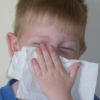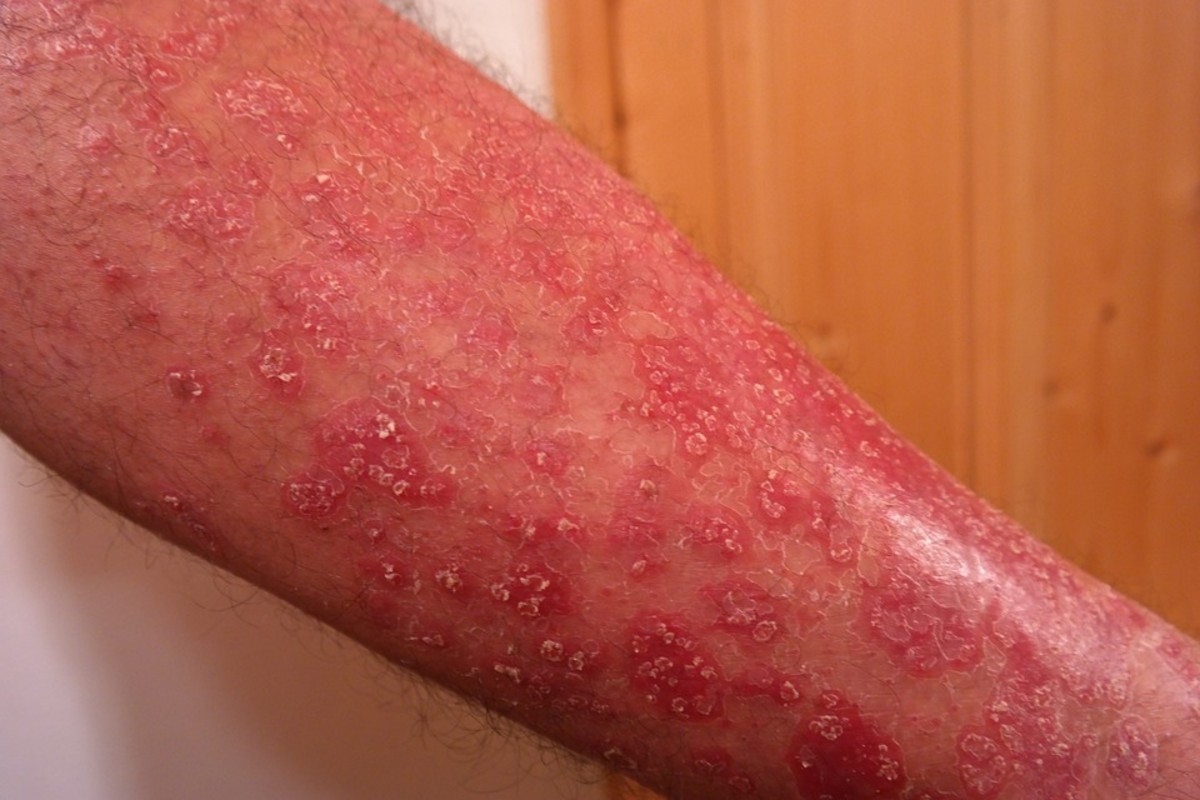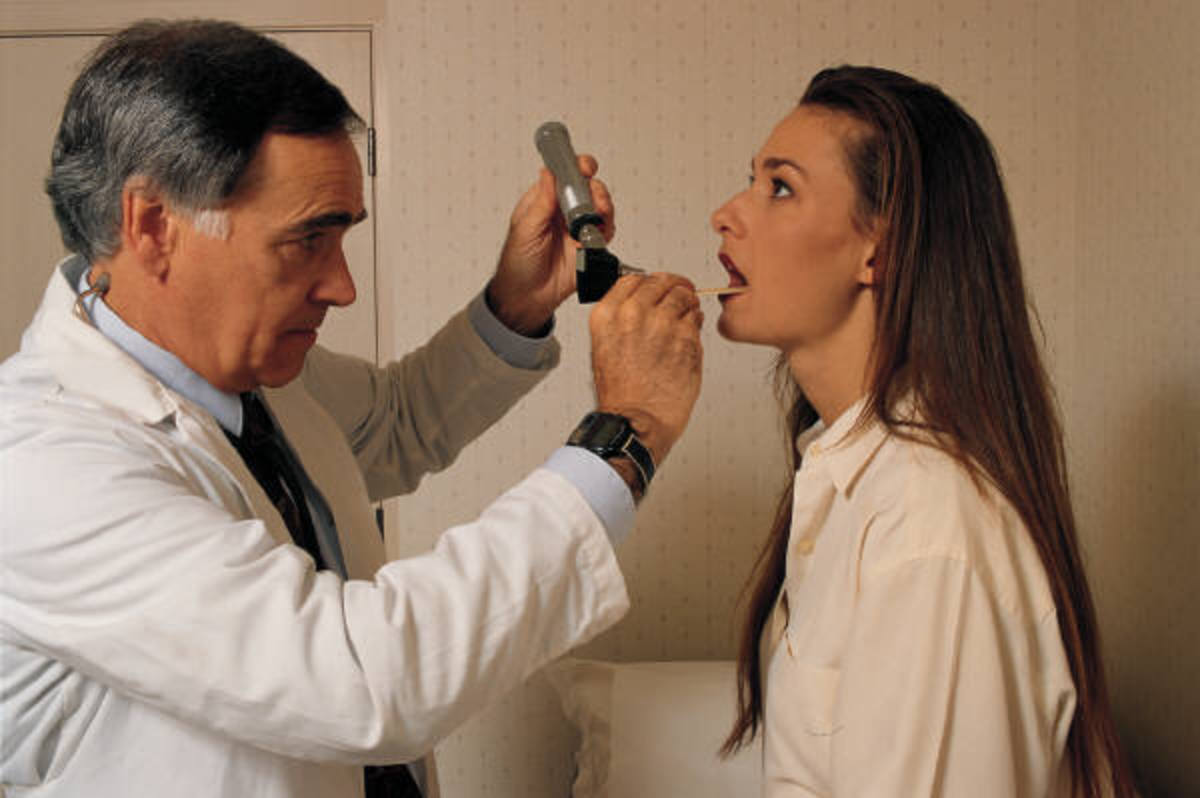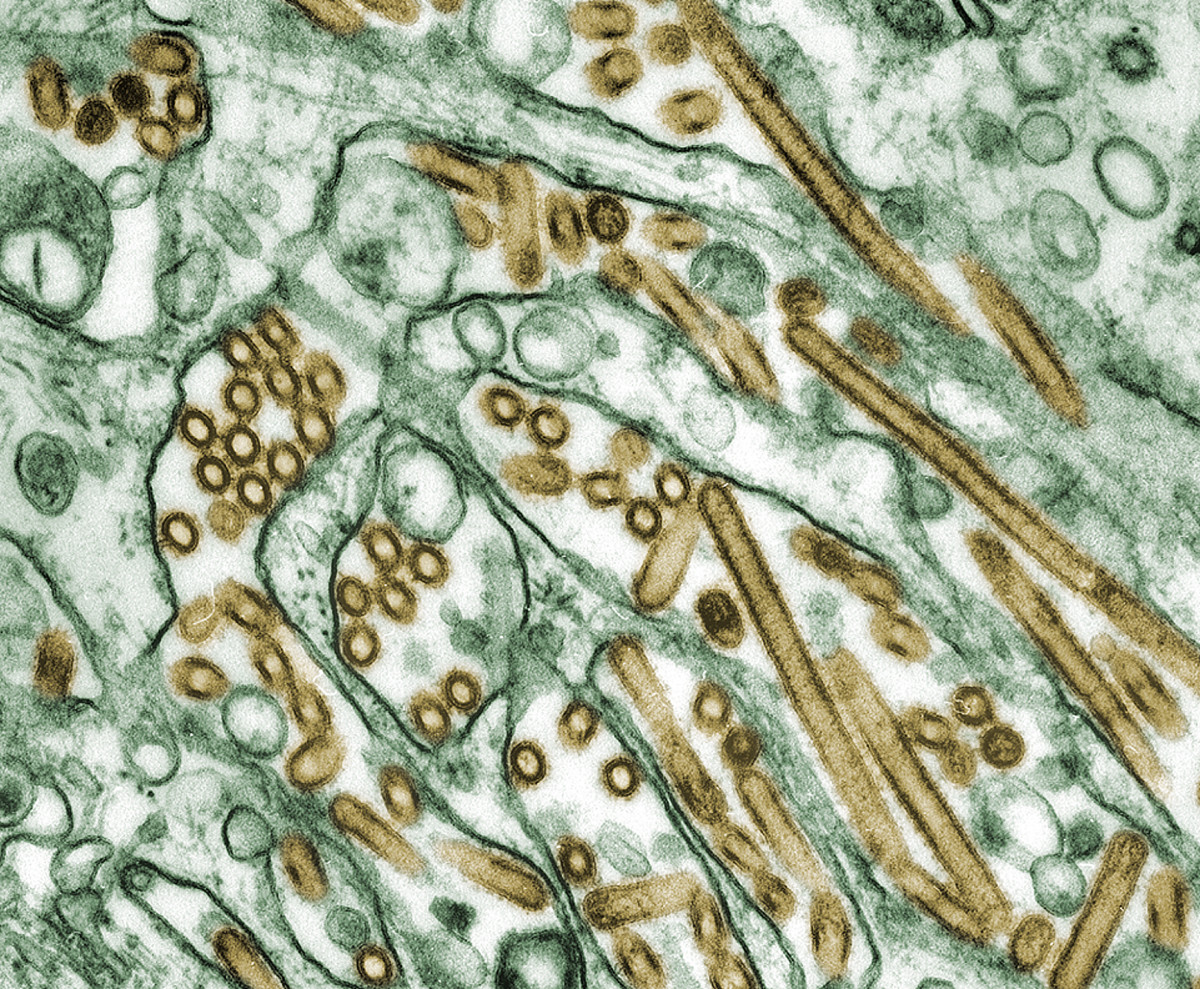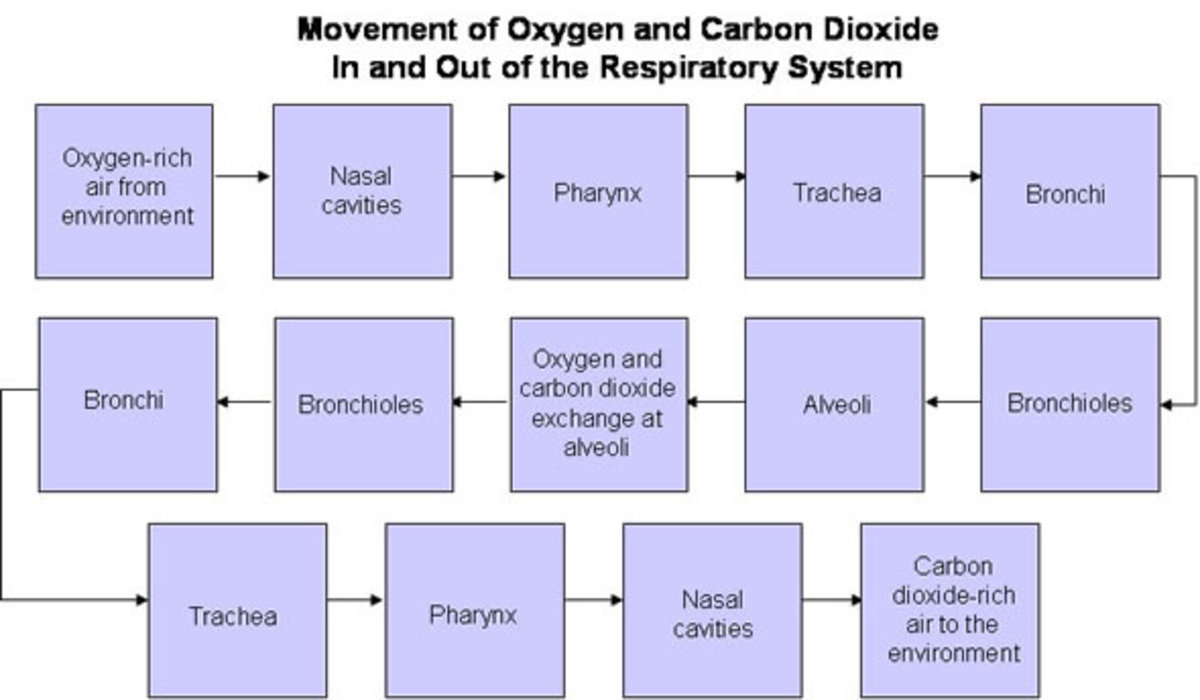Nasal Congestion
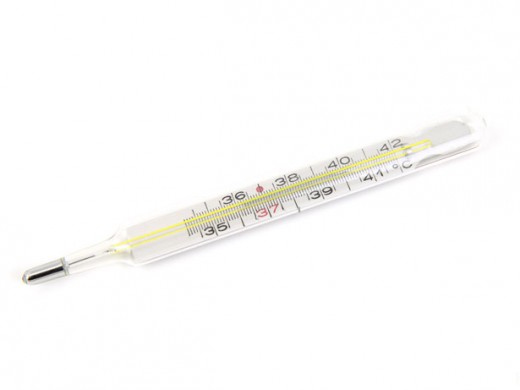
Pounding head, fullness, pressure and inability to concentrate are all complaints the patient with head congestion might be feeling. Head congestion can be caused by a variety of conditions and lead to a variety of complications.
“Yes, I know your face hurts and you are miserable, but you have a cold. An antibiotic will not make your face feel better.”
Your body is the best “antibiotic” there is. The healthy human is able to fight off infection. I have the above conversation with a patient at least once a day during cold and flu season.
Patients often persist, “I know my body and this will not go away on its own”.
It will. It sometimes takes a little bit of time, but antibiotics do NOT speed that process along. This is not how antibiotics work.
The common cold is a common cause of head congestion. The common cold is a virus and antibiotics do NOT treat a common cold. Over 200 different viruses can cause the common cold and because of the variety of germs that may cause the condition, it can present in a variety of ways.
Rhinovirus is one of the most common viruses that cause the common cold and it typically presents with a sore throat, nasal congestion, low-grade fever and cough. The fever typically resolves within two to three days. Nasal discharge often accompanies a cold and is clear and thin, but often becomes thick and turns yellow or green after a few days.
Many people think that thick discolored mucus indicates a bacterial infection and an antibiotic is needed. It is common to have thick off-colored nasal discharge for a few days, but it should revert back to clear discharge or the discharge should stop by day 5-7. Nasal congestion and cough may continue for 2 weeks after the onset of a cough.
Risk Factors for the Common Cold
· Daycare attendance
· Young age. The young child has an immature immune system. It is not that unusual for young children to have 12 colds a year.
· Day care attendance
· Old age. Older adults have a decreased cough and gag reflex and an immune system that does not work as well.
· Certain disease states such as cancer, HIV and diabetes
· Conditions that require you to be on medications that suppress the immune system such as prednisone
· Travel on buses, planes or in crowded conditions
· Psychological stress
· Excessive exercise
· Low vitamin D level
· Winter season. Viruses survive better in low humidity environments.
What to Expect
Understanding the natural course of the common cold is essential. The common cold can make you feel terrible – it can lead to tremendous head pressure and a significant reduction in productivity. Even though it makes you feel bad antibiotics do not help the common cold.
The common cold is sometimes followed by complications that may require antibiotics. Everyone should understand the common path of the common cold and know when an antibiotic will be helpful.
Ear infections – also known as acute otitis media – sometimes follow a cold and sometimes need to be treated with antibiotics. It is important to note that most ear infections do not need to be treated with antibiotics. This will be discussed further in a later section.
Red Flags – situations that require urgent interventions
· Bluish color of the skin
· Inability to drink enough fluid
· Fever above 104 degrees Fahrenheit for greater than 3 days
· Breathing difficulty including wheezing, fast breathing or labored breathing
· Seizure, lethargy or extreme irritability
Other reasons to call your health care provider:
· Symptoms that persist beyond 10 days
· Ear pain or discharge from the ear
· Symptoms that include a moist cough that is not responsive to treatment
Other Considerations
Sinus infection is another common cause of head congestion and it can be helped with antibiotic treatment. Unfortunately, the diagnosis of sinusitis is made far to often. Common colds are often predecessors to sinus infections. Only 2% of common colds go on to sinus infections[i]. Sinus infections will be discussed in a later section, but they are associated with fever and thick nasal discharge, facial discomfort that is made worse by bending forward, persistent headache and a poor response to decongestants that last longer than 10 to 14 days.
Allergies are another common cause of head congestion and will be discussed more in a later chapter. Allergies are characterized by persistent sneezing; itchy eyes, nose and throat; nasal obstruction and congestion; and thin, clear, runny nasal discharge.
Antibiotics do not help a common cold, unless there is a complication such as an ear infection or a sinus infection.
The Patient’s Role
People think they need antibiotics because:
1. Symptoms last longer than they think they should
2. Past experience has dictated to them that an antibiotic clears their infection
3. They want their symptoms to get better faster
4. Their symptoms are severe
5. They have an important event coming up and believe an antibiotic will make them better for this event
Treatment is important in a common cold, but it needs to be the right treatment. The doctor’s first job in treating a patient is to educate. As a patient you need to understand a few key points.
1. Thick, opaque, yellow and/or green discharge often comes along with the common cold. If the symptoms persist without getting any better beyond 10-14 days than a bacterial sinus infection is more likely (which requires an antibiotic).
2. Symptoms of a cold can last up to 14 days. The average cold has symptoms that last 7-11 days14.
It is important to understand the time line in the common cold. Four to five days of a stuffy nose is not an indication for an antibiotic.
An antibiotic will not make you better faster if you have a cold. Antibiotics do not make you better if you have a cold and your symptoms are severe. I know it seems like I am repeating myself, but it is an important point.
The next time you get a cold, think about these guidelines. Do you have a cold? An antibiotic will not help. It is your job to understand this. Do not go into a doctor’s appointment self-diagnosing yourself with a sinus infection and thinking you need an antibiotic or asking for an antibiotic.
Treatment
Treatment needs to focus on improving symptoms. People with a common cold can be quite miserable. Getting rest and plenty of fluids should be encouraged to allow the body to heal. Fluids will help prevent dehydration and may help thin the mucus.
Nasal saline is a product that helps clear mucus out of the nose. Sore throat can be treated with oral pain relievers, salt-water gargles or a variety of over the counter throat products (Table 4). No product is a magic bullet, but many can provide some relief of throat discomfort.
Most colds follow a three to five day pattern. While the individual feels quite bad the first few days, by day three there should be significant improvement and by day five the patient should be almost completely well. Nasal congestion and cough is not unusual beyond five days, but the patient should be feeling better than the first three days.
Table 4: Sore throat medications
Chloraseptic spray contains phenol 1.4% which is an oral anesthetic/analgesic. It can be used for those 3-years-old and older. It is to be sprayed and held in the throat for 15 seconds and then spit out. It can be used up to every 2 hours.
Five sprays for those over 12-years-old and three sprays for those 3-12-years-old.
Chloraseptic max combines Phenol 1.5%and glycerin 33 %, which is a demulcent.
Halls Breezers contain 7 mg of pectin, which is an oral demulcent. They are meant for adults and children 5-years-old and older.
Sucrets contain dyclonine hydrochloride 2.0 mg, which is an oral anesthetic. It is indicated for those 6-years-old and older and can be repeated every 2 hours, no more than 10 per day.
Cepacol contains benzocaine 15 mg (oral anesthetic) plus menthol 3.6 mg oral analgesic. Can be given to those 5-years-old and older and repeated every 2 hours.
Cepacol (sore throat and cough) has 7.5 mg of benzocaine and 5.0 mg of dextromethorphan hydrobromide (cough suppressant). Individuals over 12-years-old should take 2 lozenges every 4 hours (max 12 lozenges in 24 hours); individuals 6-12-years-old should take one every four hours (max 6 lozenges in 24 hours). It should not be used in those under 6-years-old.
Cepacol (sore throat and coating relief) combines a benzocaine 15 mg and pectin 5.0 mg and can be used every 2 hours in those over the age of 5-years-old.
Tylenol cough and sore throat combines an oral liquid that contains acetaminophen (Tylenol) and Dextromethorphan. Nothing in the medication directly works on the throat, but acetaminophen is a general pain reliever that will provide some relief and the liquid may provide a temporary rush of relief.
The most important part of treating a cold is to provide the person with rest and fluids. During the first two to three days of the cold those afflicted should take as much rest as possible. The child should be given extra attention during this time. Fluids will help with hydration, soothe a raw and irritated throat and will help loosen congestion.
Cool mist humidifiers and steam from showers can help with congestion. Caution should be used in those who have asthma as those with asthma risk a spasm to the breathing tubes with a change in humidity.
Encouraging children to sleep on their sides may provide more restful sleep instead of sleeping on the back. Sleeping on the back increases the amount of mucus that drips into the throat and chest, which will predispose to coughing and a sore throat.
A multitude of over the counter medications can be used to provide relief while the body fights off the infection. Depending on the primary symptoms that are giving you trouble, you may want to select an agent that will help treat that symptoms.
Medicines that bring down fever are also effective at improving pain and body aches. If these symptoms are bothersome the use of acetaminophen, aspirin or NSAIDS can be helpful.
Antihistamines are helpful if you are bothered by runny nose, sneezing and itchy eyes, nose and throat. The first generation antihistamines are more effective at controlling these symptoms than the second-generation antihistamines. Side effects of the antihistamines may be more bothersome than the benefits are beneficial, so antihistamines should be used with caution.
First generation antihistamines include medications such as Diphenhydramine (Benadryl). Second generation antihistamines include medications such as loratadine (Claritin) and cetirizine (Zyrtec).
Decongestants – either topical or oral – can help with nasal congestion. Adults benefit for up to five days with the use of decongestants to a modest extent but children younger than 12 have not seen the same benefit as adults[ii].
There are three levels of nasal decongestants.
1. Oral medications
2. Topical medications
3. Vapor medications
Oral medications are pills taken by mouth. Examples include pseudoephedrine (Sudafed) and phenylephrine (Sudafed PE). These medications work by constriction blood vessels in the nose. One unfortunate side effect is that they constrict vessels not only in the nose but also all over the body. Therefore, they can increase blood pressure and should be used by caution in anyone with heart disease, high blood pressure, any other cardiovascular condition in addition to diabetes, thyroid problems, or prostate problems.
Topical decongestants can also be used to unblock the nose. These are medications that are sprayed directly up the nose and act locally. Unfortunately, some of the medication can leak into the blood and act systemically. This means that topical medications can also increase blood pressure. Therefore, the same risks associated with oral decongestants apply to the topical decongestants.
The other major complication of topical decongestants is rebound congestion. The use of topical decongestants for more than three to five days can lead to congestion that becomes difficult to break up without persistent use of the same topical decongestants. Therefore, only use topical decongestants for three days.
Vapor decongestants are not as potent as the other two brands of decongestants, but are the safest medications to use in those with heart disease.
Antitussives (such as over the counter Robitussin - DM) can be used to quiet cough, but in the common cold the best strategy to reduce cough is the use of antihistamines and decongestants.
Antihistamines and decongestants work to reduce the main symptoms of the common cold. They reduce nasal secretions and congestion. When these symptoms are reduced there will be less mucous dripping into the throat – which is the main cause of cough in the common cold.
Antibiotics should not be used for the common cold, unfortunately they often are. Antibiotics – while they may appease the person who goes to the doctor for the cold – do not enhance illness resolution. Upper respiratory tract infections are the second most common reason antibiotics are prescribed each year[iii].
Another common misconception is that antibiotics will prevent a cold from becoming a sinus infection. This is not true.
The main diagnostic challenge for the clinician is differentiating the common cold from sinus infections, which is typically not a concern if symptoms last less than 10 to 14 days. The diagnostic criteria will be addressed more completely in the section on sinus infections.
Patient teaching should include having the patient follow up with the health care provider if cold symptoms last more than 10 -14 days or resolve then reoccur, temperature is above1020 F, the patient develops severe pain in the face or forehead, ear pain or drainage from the ear, shortness of breath, wheezing, or cough that does not improve or worsens.
Alternative Treatments
Some alternative medications may provide aid in the treatment or prevention of the common cold. Echinacea may reduce the duration of the common cold as it may stimulate white blood cells. The composition of different products that contain Echinacea vary greatly, so benefit may not be appreciated with all products. One meta-analysis showed that Echinacea reduced the chances of getting a cold by 58% and decreased the duration of a cold by 1.4 days[iv].
It is important to note that there can be variation in different products containing alternative medications. There is less regulatory oversight with the alternative products and one product that claims to have a herb in it may have a different concentration or amount than another product. Therefore, there can be great variation in the amount of active ingredient in different products. This has led to challenges in attempting to study the efficacy of these products.
Zinc may decrease the duration of the common cold. When combining data there is no convincing evidence that zinc lozenges are helpful in reducing the duration of a cold[v]. Zinc may be difficult for children to take due to side effects such as upset stomach and altered taste. The nasal preparation can affect the ability to smell.
Vitamin C has minimal effect on the common cold. The use of high doses of vitamin C does not prevent the common cold, but some patients may benefit from vitamin C. Individuals who participate in extreme exercise or are exposed to extreme cold may benefit from vitamin prophylaxis[vi].
Caution should be exercised with alternative treatments as there is little regulatory oversight and not a lot of research on drug interactions. Variation in response can occur with different medications based on the other diseases present in the individual, other mediations taken and individual physiology.
[i] Center for Disease Control. Nonspecific Upper Respiratory Tract Infection. Retrieved April 20, 2009 from http://www.cdc.gov
[ii] Taverner D & Latte J. Nasal decongestants for the common cold. Cochrane Database Syst Rev. 2007 Jan 24; (1): CD001953.
[iii] Center for Disease Control. Get Smart: Know When Antibiotics Work. 2008. Retrieved March 31, 2009, from http://www.cdc.gov
[iv] Shah SA, Sander S, White CM et al. Evaluation of Echinacea for the Prevention and Treatment of the Common Cold: a Meta-analysis. Lancet Infectious Disease 2007; 7(7): 473-480.
[v] Jackson JL, Peterson C & Lesko E. A Meta-analysis of Zinc Salts Lozenges and the Common Cold.Archives of Internal Medicine 1997; 157(20): 2373-6.
[vi] Douglas RM, Hemila H, D’Souza R et al. Vitamin C for preventing and treating the common cold. Cochrane Database Syst Rev. 2004 Oct 18; (4): CD000980.
Free book on how to use Over-the-Counter Medicine
- Over the Counter
A free ebook on how to use over-the-counter products
